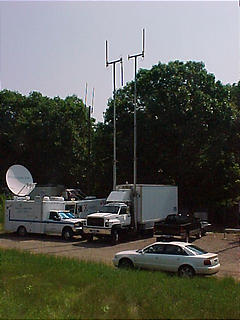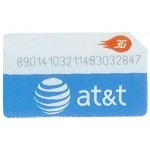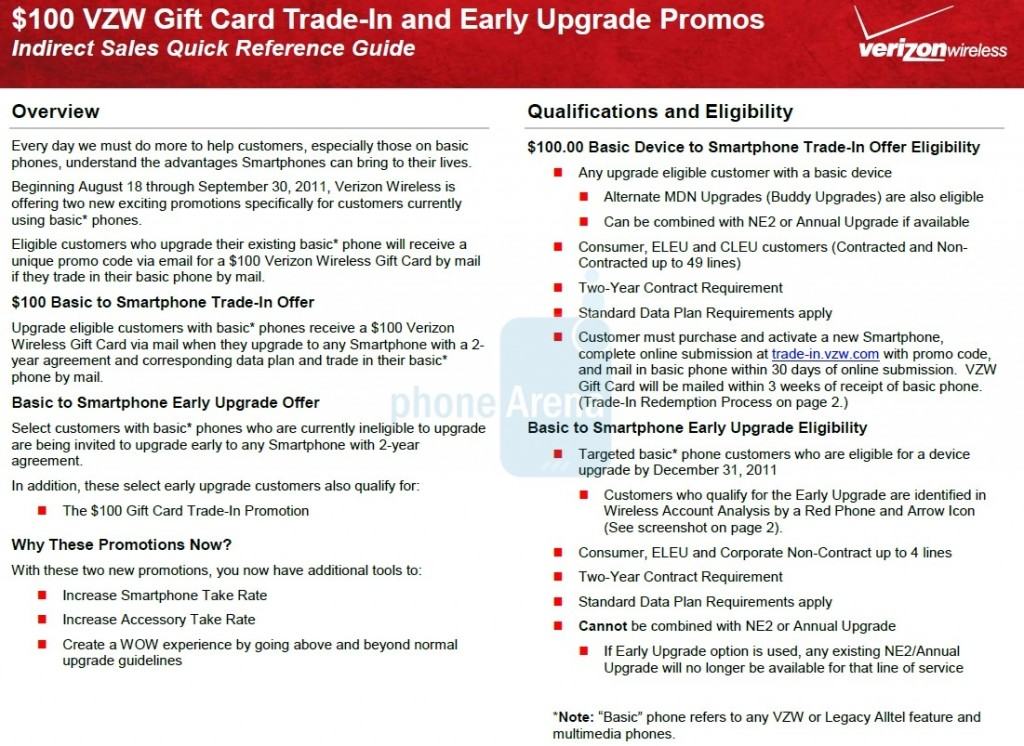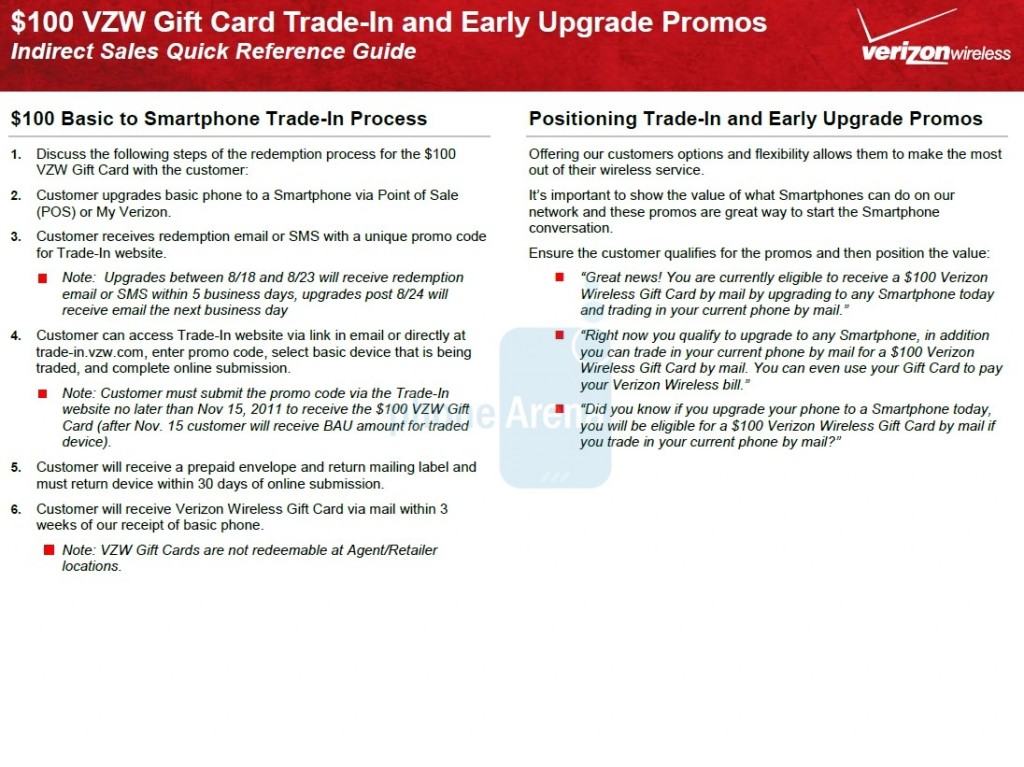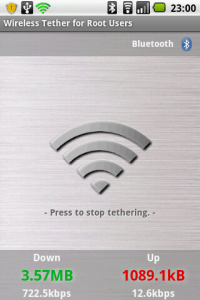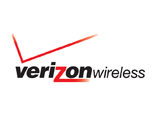President Barack Obama’s arrival on Martha’s Vineyard brings a gift any local resident can enjoy: improved cell phone reception on the island, located off the coast of Massachusetts.
The president’s advance team and entourage rely on Verizon Wireless cell phone service, so when the president travels to a vacation spot, Verizon Wireless usually follows with one or two temporary cell towers to guarantee adequate coverage. This summer is no different, and customers that used to have to walk outside and face the mainland for adequate reception are suddenly enjoying four bars, thanks to two traveling cell towers strategically placed on the island at Chilmark and West Tisbury.
Martha’s Vineyard is notorious for lousy cell phone reception, and the island’s small population has not justified investment for improved service. Even when carriers explore the idea, local residents usually object to the proposed cell towers, dismissed as unsightly.
But for much of August, the island’s cell phones have been ringing as Verizon customers accustomed to simply going without service while on the island are suddenly getting rock solid service. That puts a temporary end to the usual practice of trading knowledge of “known reception spots” — specific floors in buildings, certain sidewalks with an especially clear view to the coastline, or where unknown forces converge to deliver enough signal to make a quick call or send a text message.
The cacophony of ringtones has received a mixed reception from the locals, some of whom are unimpressed with wealthy vacationers, bankers, and politicians who call Martha’s Vineyard home for two weeks during the summer.
Rachel Fox, an entertainment lawyer from Manhattan whose family has a home on the island told the New York Times, “A lot of the people who vote here, who live here year-round, couldn’t care less if the people who invade them in the summer get to talk to their Hollywood producers in the middle of the Chilmark [general] store.”
When the president leaves, Verizon’s two cell-on-wheels-trucks leave as well, leading some 15,000 locals to ponder who is paying Verizon to haul the two towers on and off of the island and the expense to run them. The newspaper wondered the same and didn’t get a clear answer.
Laura Williams, a spokeswoman for the White House Communications Agency, said its job was to ensure “that the president has the best communications possible wherever he travels” so that he can “remain informed and connected.” But Ms. Williams would not answer specific questions about the enhanced service, including how much it costs and who pays for it, citing security concerns.
 One thing is certain, the two or three week cell phone nirvana the island enjoys in the summer only benefits Verizon Wireless customers. Those with AT&T, T-Mobile, and Sprint find themselves with no bars in virtually all places on the island.
One thing is certain, the two or three week cell phone nirvana the island enjoys in the summer only benefits Verizon Wireless customers. Those with AT&T, T-Mobile, and Sprint find themselves with no bars in virtually all places on the island.
That suits Linda Alley, whose home in West Tisbury is located right next door to one of Verizon’s temporary towers, just fine.
“I’m not attached to my cell phone like a lot of people are,” she told the Times. “I couldn’t care less.”


 Subscribe
Subscribe
